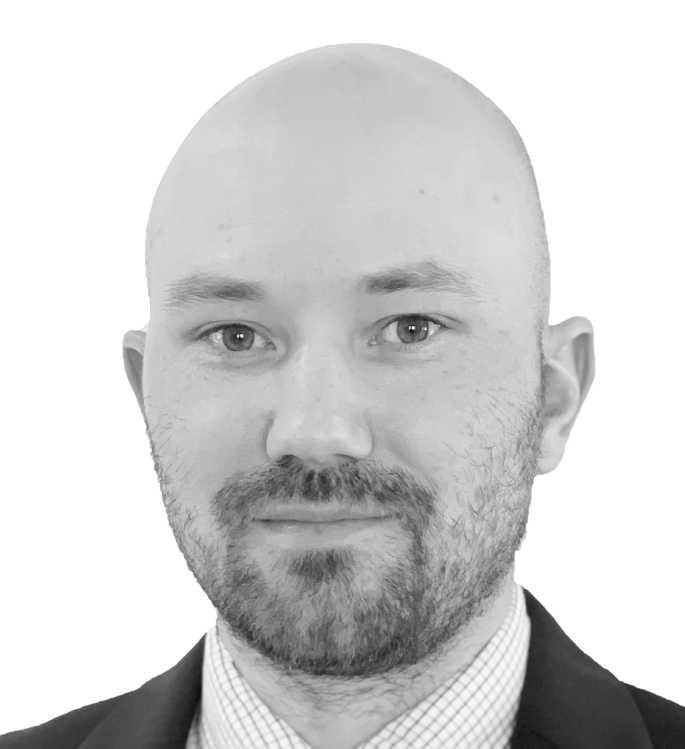Describe your journey to AMCL.
I majored in Civil Engineering with a focus on Structural Design and Analysis. Initially interested in bridge engineering, I interned at a transportation design firm focusing on rail and transit projects, ultimately returning after graduation. I spent a couple of years working on projects for major East Coast passenger rail agencies like Amtrak and Septa. During an assignment preparing cost estimates for annual track maintenance, I gained exposure to maintenance and Asset Management. I joined a rail consulting firm specializing in maintenance and Asset Management services, gaining experience in EAM implementation. In late 2021, I was approached by a recruiter for AMCL and eagerly joined in January 2022.
What project(s) are you currently working on?
I’m currently serving as Project Manager on two particularly interesting projects:
Metropolitan Council, Minnesota
Enterprise Asset Management (EAM) Strategy & Solution Support.
For this project, we’re assisting in the specification, selection, and implementation of a new EAM solution, currently in the business requirements collection phase.
Keolis
EAM System Support
This project sees us offering tactical support in an ongoing EAM implementation, addressing validation and providing advice on asset register, system configuration, and integration challenges.
What particular challenges do you see Local Government/Municipalities facing when it comes to managing their assets?
I think the Common challenges for government and asset-intensive agencies include aging infrastructure, funding constraints, insufficient data, and outdated technology systems. Most government, municipal and asset intensive agencies deal with their own unique combination of these challenges on an ongoing basis.
Workforce planning and management – including recruitment and retention of skilled workers – are other factors that, along with funding deficits, are especially challenging post-COVID. One thing People typically overlook is how an organization’s workforce challenges, asset strategies, and regulatory environment can compound, making it difficult to maintain a state of good repair.
Traditional, interval-based preventative maintenance routines, which are often a priority for demonstrating compliance, are time and resource consuming even for well-staffed organizations. Occurrences of failures and safety incidents from aging infrastructure often result in additional regulatory requirements, requiring more time and resources. This may lead to a cycle of “chasing maintenance,” which can be challenging to overcome.
Achieving a balance between lifecycle strategies and workforce needs is an ongoing effort, with some agencies adapting slowly and being unprepared to justify reasonable regulatory changes.
What is something fun and/or interesting about you that your colleagues may not know?
My wife and I got married in a lava field in Berserkjahraun, Iceland in September 2019. If a trip to Iceland isn’t yet on your bucket list, it should be!

